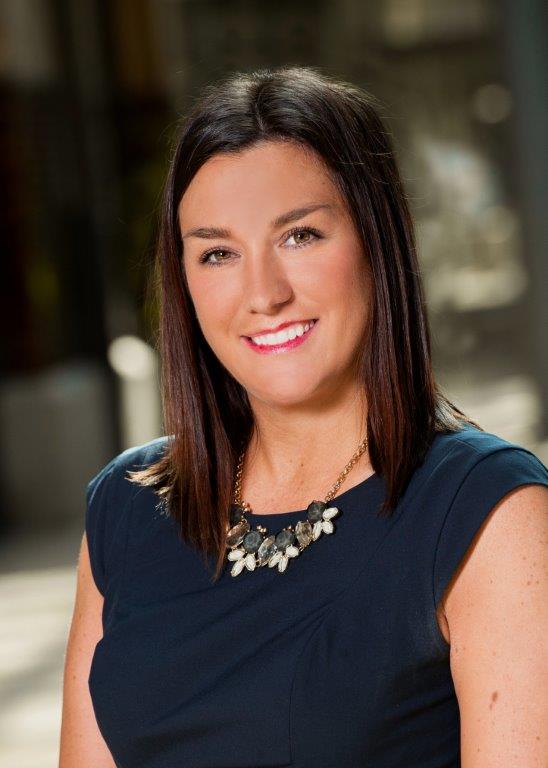
Over recent years, healthcare has experienced a significant evolution in how it operates and is delivered. With a duty to achieve high quality and cost-efficient care, long-term care organizations are continually striving to find the right approach to keep seniors healthy. They are doing this through a person-centered approach to care that promotes, includes and connects seniors to engage in their care.
Because of this, providers are shifting their care practices to focus more on the complete needs of the individuals in their care. It’s an approach to well-being that allows older adults and their families to play a significant role in their care experience. Providers are networking with each other and building multidisciplinary teams so the focus stays squarely on the goals and needs of the person receiving care. Over time, this new focus — with the person at the center of care — will lend itself to a population-based model that rewards outcomes instead of volume.
It’s a big, yet significant, shift, redefining how providers connect and collaborate across the healthcare continuum. Long-term care organizations everywhere need to take an intense look at how they are integrating into care networks and how they are sharing and accessing vital health data among their partners.
When care networks are genuinely integrated, they must focus on sharing the benefits of their resources among their partners. This enhanced collaboration naturally leads to staff satisfaction along with improved outcomes and ultimately, cost savings — all of which are critical components of value-based care. The right technology can make it happen.
Technology is a critical component for long-term care providers as they make the switch from a volume to a value-based system. The right solutions and workflows foster an environment of collaboration where information gets shared with all relevant parties in order to make the most informed care decisions possible. Without technology, achieving person-centered care becomes challenging at the least, if not completely unattainable. Going forward, long-term care providers must utilize technology solutions that allow them to demonstrate outcomes and prove their value.
So what kind of technology supports person-centered care? Look at it from the perspective of the individual receiving care. Seniors often move across care settings depending on their health needs. For providers to be fully informed and collaborate on the person’s care plan, information must flow smoothly between all care settings and all providers. When that happens, care transitions improve and risk for rehospitalization is reduced — which is crucial for success in value-based care.
Enter interoperability, the critical component that facilitates the seamless exchange of information. True interoperability enables organizations to send, receive, query and integrate patient information within a person’s healthcare record. All four components are critical to gaining a complete view of one’s health history.
Many technology solutions facilitate interoperability and the seamless exchange of information. But if you are an organization who manages multiple locations across various care settings, why rely on multiple systems to exchange information?
Many electronic health record (EHR) solutions are designed for the needs of a single care setting. But because person-centered care revolves around the individual, not the particular care setting, why use technology geared for only one care setting? Doesn’t one technology solution to manage multiple care settings make more sense?
Person-centered care — the term itself — identifies who should be at the core of care. Your technology should align with that, too.
When technology is designed around a person’s care journey, where providers can seamlessly collect and share data to support true care coordination, smooth care transitions naturally occur. The result? A more positive care experience for everyone. And that’s when everyone wins.
Hannah Patterson is vice president and general manager of post-acute solutions at Netsmart, a health information technology provider for post-acute, senior living, behavioral health and home care organizations. She can be reached at [email protected].




